Following on from the popularity of their reconstruction of European Castles and Ancient Wonders award winning Australian insurance company Budget Direct decided to restore a selection of palaces from across the globe, one of these being Greece’s Ancient Knossos Palace.
2020 saw millions of people across the globe are stuck at home, and even in 2021 many of those travel restrictions remain in place.
To support those searching for armchair travel inspiration, Budget Direct decided to breathe fresh life into some of the most awe-inspiring palaces from around the world, returning them to their former glory via digital means.
For this project, with the help of a team of architects and a lot of desk research, Budget Direct virtually reconstructed 7 ruined palaces around the world including:
- Knossos Palace, Greece
- San Souci, Haiti
- Qal eh Dokhtar, Iran
- Ruzhany Palace, Belarus
- Dungur Palace (Palace of the Queen of Sheba)
- Clarendon Palace, UK
- Husuni Kubwa, Tanzania
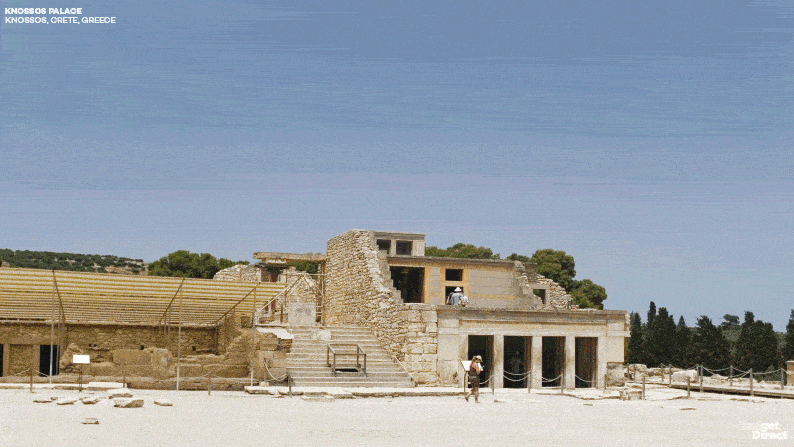
The town of Knossos, which surrounds Knossos Palace, is considered to be Europe’s oldest city.
It was settled as early as the Neolithic period around 700BC and by 1500BC had a population of 100,000 people.
The largest Bronze Age archaeological site on Crete, the Palace of Knossos is located just south of modern-day Heraklion near the north coast of Crete.
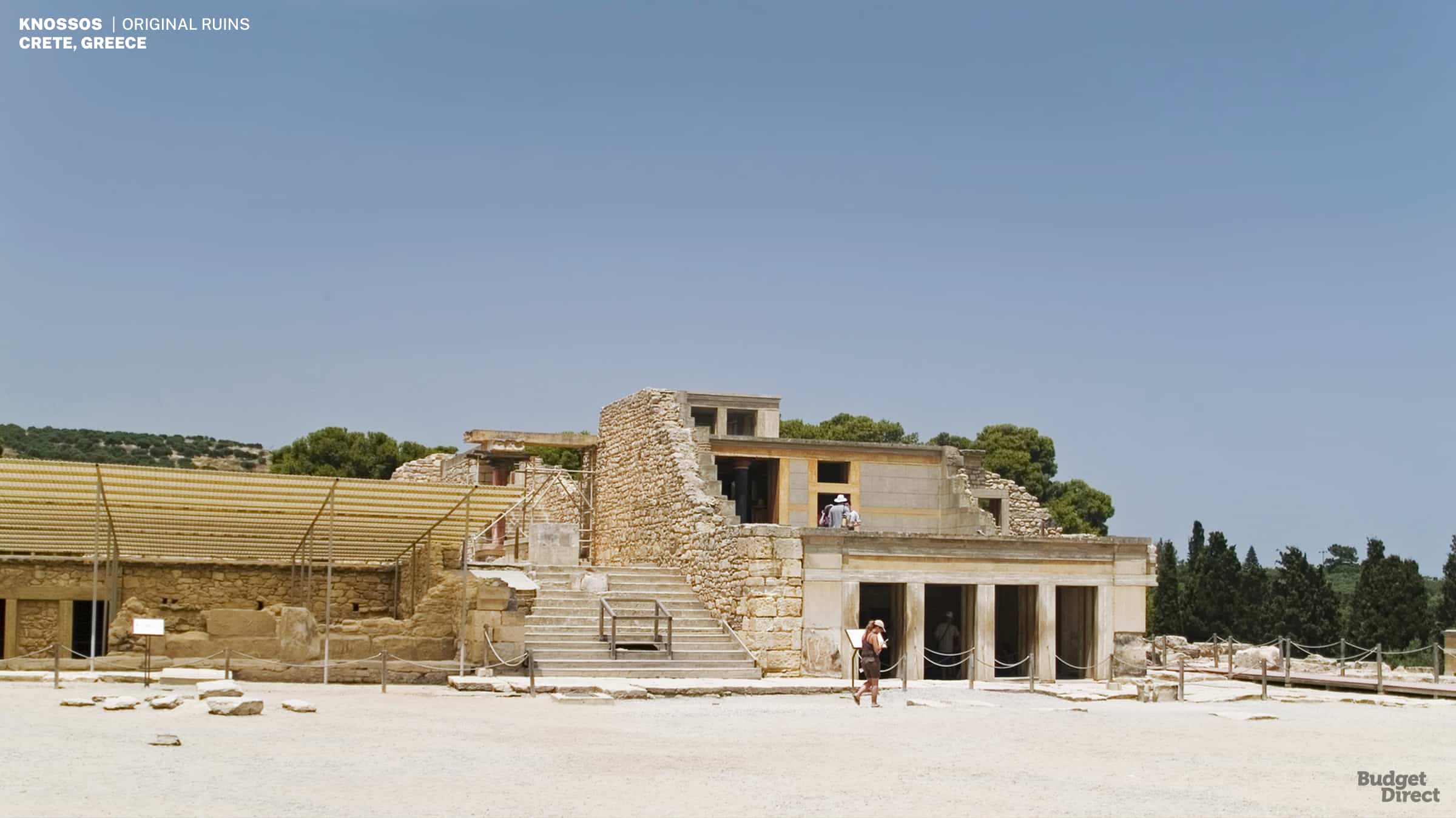
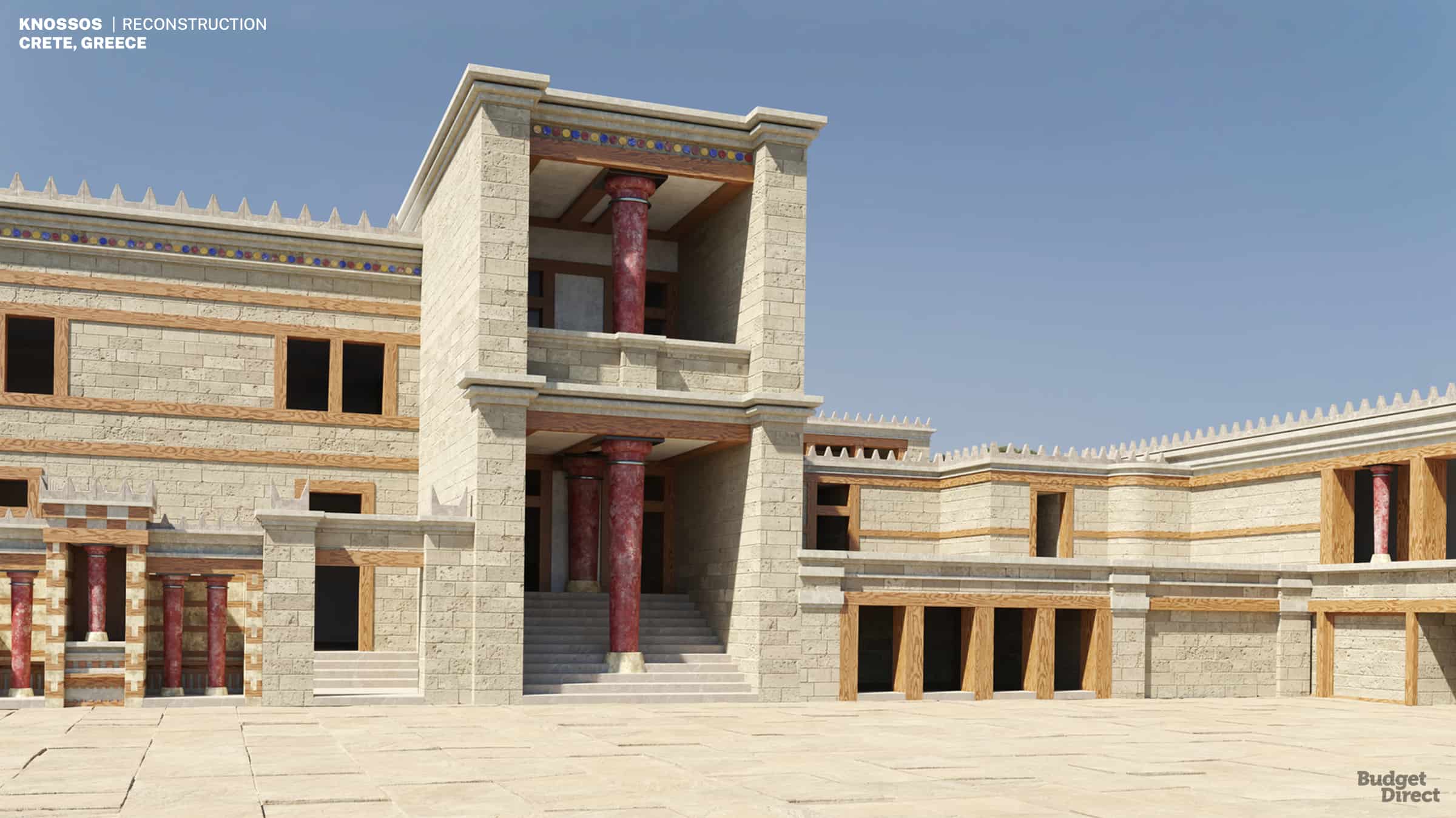
Constructed around 1700BC, Knossos Palace is the most complex in Greece and thought to be the first palace built in the Middle Minoan IO period.The palace was abandoned sometime in Late Minoan IIIC, 1380 – 1100BC, for reasons which are largely unknown.
During the Bronze Age, Knossos Palace was the ceremonial, religious, economic and political centre of the Minoan Civilization.
The archaeological site of Knossos Palace covers about 20,000 square metres, spread over three acres of land and comprises over 1,500 rooms.
Excavation of the site has provided historians with a wealth of insight into the Minoan Civilization.
Tools such as clay and stone incised spools and whorls are indicative of a cloth-making industry in existence.
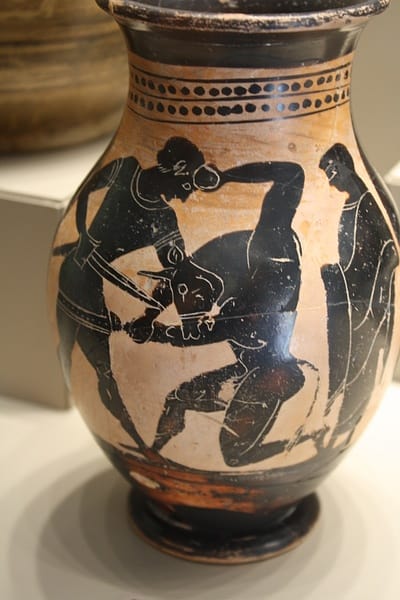
Artefacts as well as the many vibrant frescoes on the wall of the ruins provide a further understanding of the Minoan culture.
Painted in a style emphasising movement and grace, these frescoes illustrate scenes of lithe young athletes, ladies gossiping and dancing, and dolphins and other animals in magical gardens.
One frescoe depicts the ancient sport of bull-leaping, a sport which may have given rise to the legend of the mythical Minotaur, a creature of later Greek mythology that was half- man and half bull.
The possibility that there existed a Minotaur became more acceptable once it was understood that, in the Minoan sport of bull-jumping, the male athlete ‘became one with the bull’ as he vaulted over the bull's horns.
It could therefore make sense that this sport may have evoked in ancient consciousness the 'myth' of the Minotaur through the impression that these athletes were half men and half bulls.
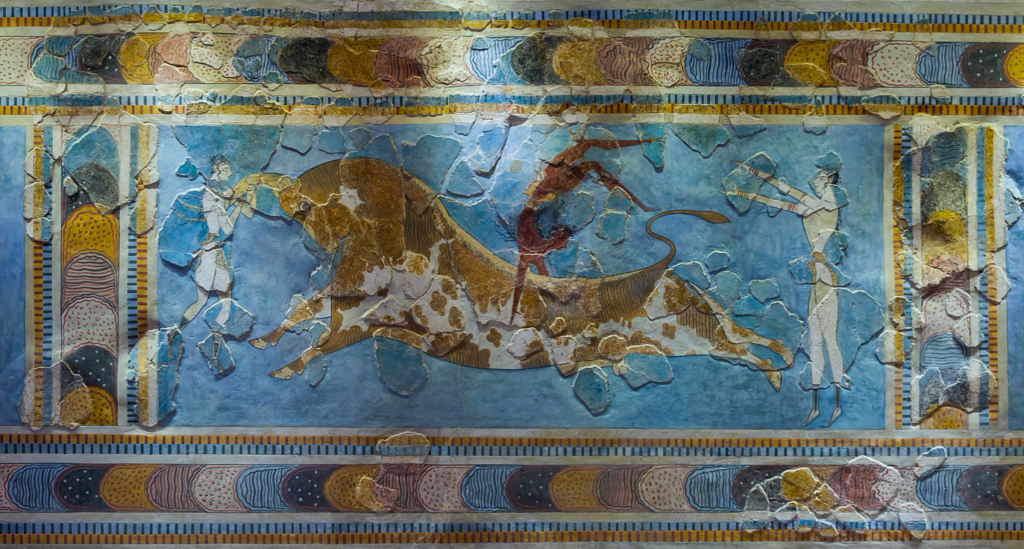
The ruins of the palace foundations reveal a vast interconnected maze of small corridors, staircases and private rooms containing residential dwellings, workshops, administrative areas.
Since the intricate interior of Knossos Palace has been uncovered it has been speculated that this complex structure, combined with bull symbolism ever-present throughout the ruins, has provided the distant inspiration behind the labyrinth in the Greek myth of Theseus and the Minotaur.
Timber stairways led to large upper rooms have not survived the ages, but probably once rose five stories in height.
An elaborate and advanced system of drains, conduits, and terra-cotta pipes provided water and sanitation.
Vertical shafts in the structure known as light-wells were designed to bring natural light to the lower levels, created an airy and comfortable atmosphere.
Despite the fact that Knossos Palace was first excavated a century ago, it is still somewhat shrouded in mystery and researched have many questions about the palace and the people who inhabited it.
The controversial restoration of parts of the palace over the years has remained the centre of historical debate, with many saying that the rebuilding has been based on "historically incorrect creative licence."
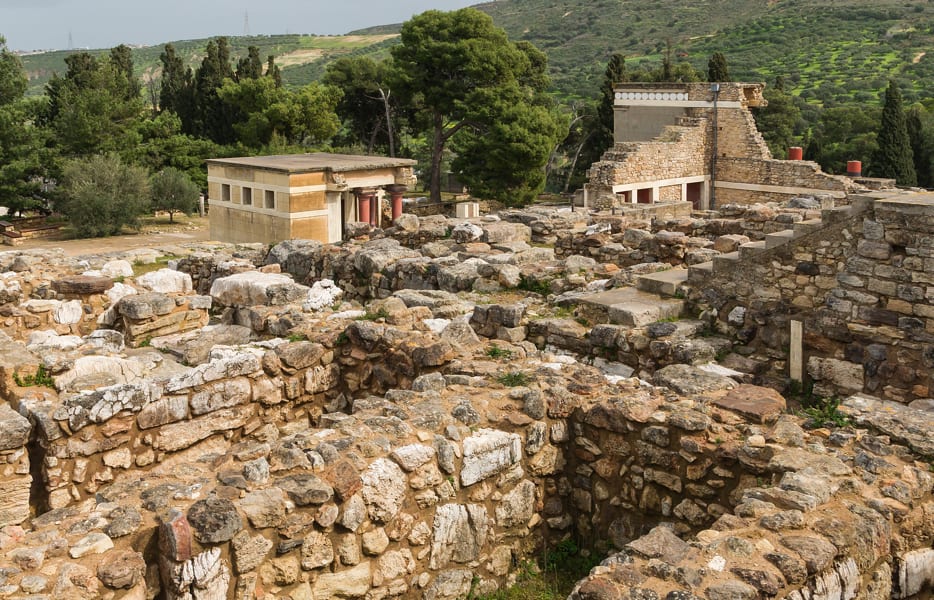
RECOMMENDED LINKS:
https://www.budgetdirect.com.au/blog/7-ruined-palaces-around-the-world-reconstructed.html
Strong Greek Women Inspiring Women: Award-Winning Zoom Real Estate’s Ana Mavridis
